Overly large breasts can be a physical and psychological burden. Affected women are often unable to perform routine activities comfortably. They may suffer from neck, shoulder and upper back pain as well as skeletal deformities and skin irritation. Self-consciousness is common, and clothing is often difficult to fit. The breasts are deeply disproportionate to the remainder of the physique.
Macromastia, commonly known as large breasts, is a condition where the breasts are so large that their weight and how they are positioned on the chest can cause medical problems including neck and back pain. The same issues that are responsible for neck and back pain also contribute to breast droop and an elongation of breast shape downward. The constant stress of the large mass of breast tissues pulling downward stresses the internal fibrous supporting tissue of the breasts further contributing to stretch and elongation. As the breasts stretch downward over time, their change of position on the chest wall not only alters their aesthetic appearance but can also worsen neck and back pain. A breast reduction is a typical procedure that addresses these problems.
Breast Reduction Surgery helps women who suffer with overly large and heavy breasts alleviate their physical symptoms. Dr. Belsley feels that achieving a more aesthetically attractive breast shape is an equally important aspect of this procedure. By rebuilding the breast internal support structures to improve their spherical contour, it is sometimes possible to rearrange tissues so that a breast reduction can look like a breast augmentation but using the patient's own existing tissues instead of a prosthetic implant.
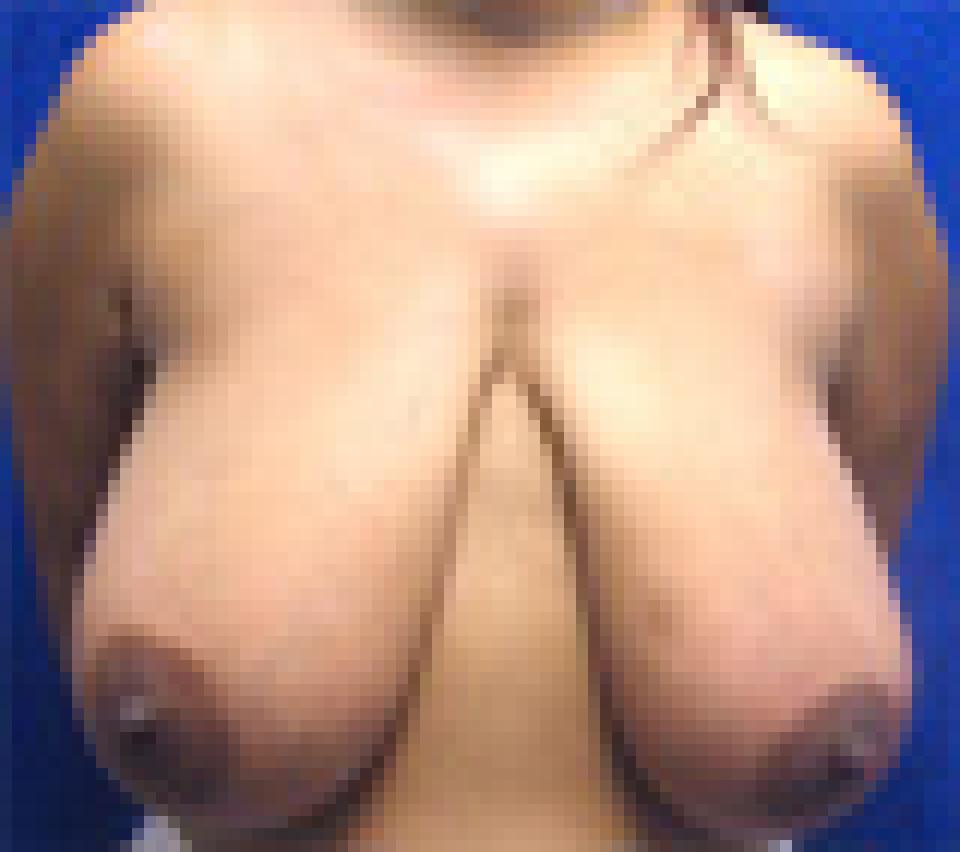 before
before
 after
after
This case depicts a 29 year old woman with symptomatic breast hypertrophy who underwent a breast reduction using the inverted T or "anchor" incision pattern. Because of this individual's symptoms, medical insurance covered a portion of the costs of this procedure.
Not only did her symptoms improve following surgery, but she also gained a more aesthetically proportionate breast. Her post-operative photographs show her appearance approximately one month after surgery.
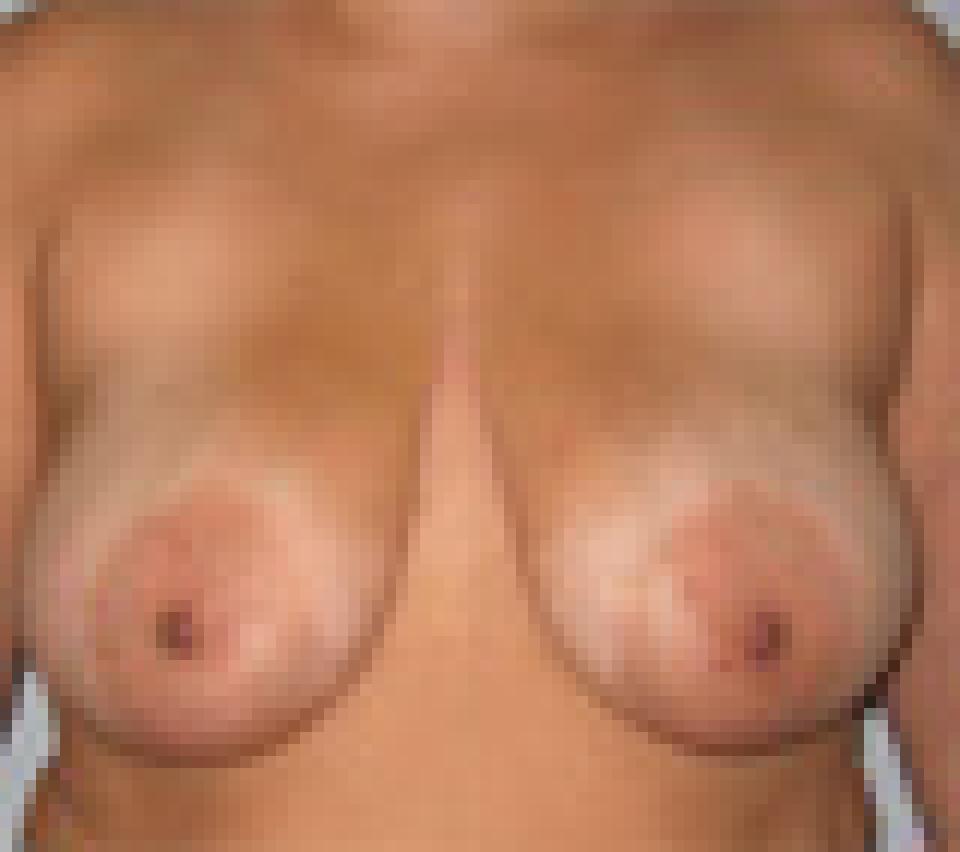 before
before
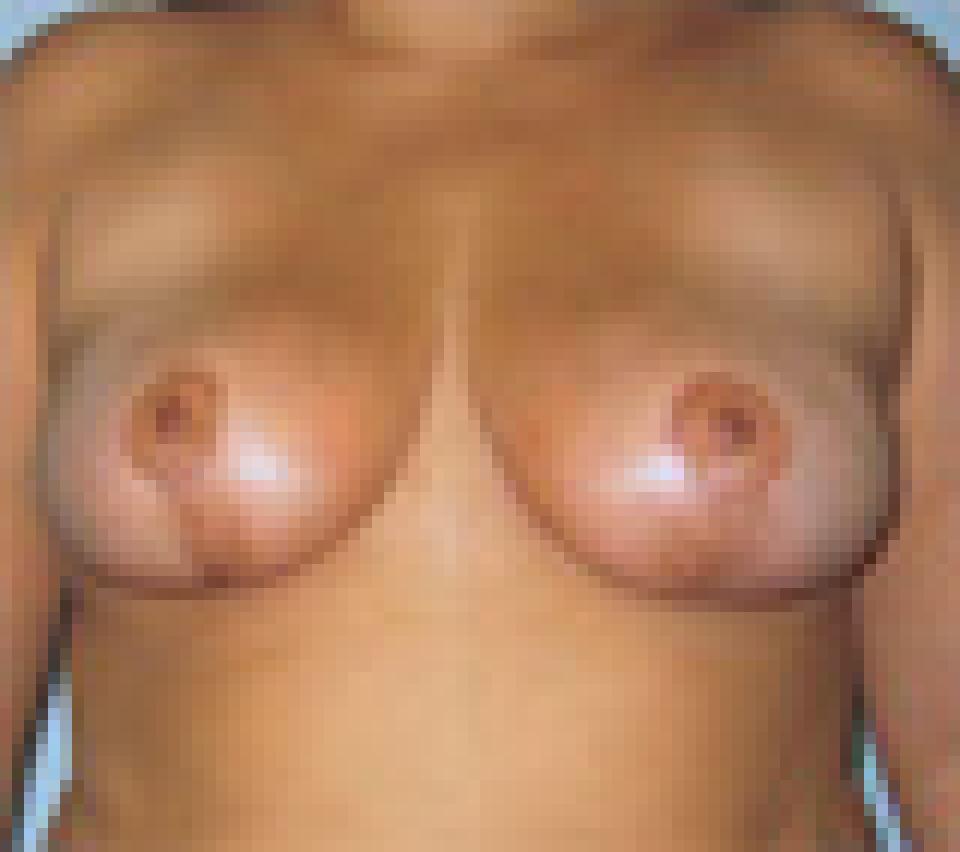 after
after
This case depicts a 41 year old woman who wished to have slightly smaller and shapelier breasts. She underwent breast reduction using an inverted T or "anchor" incision pattern.
Her post-operative photographs depict her appearance approximately two months after surgery.
With optimal design before surgery, the portion of this incision that runs along the fold of the breast is nearly completely hidden. Reduction of the areolar size for balance and proportion is an additional advantage of this procedure.
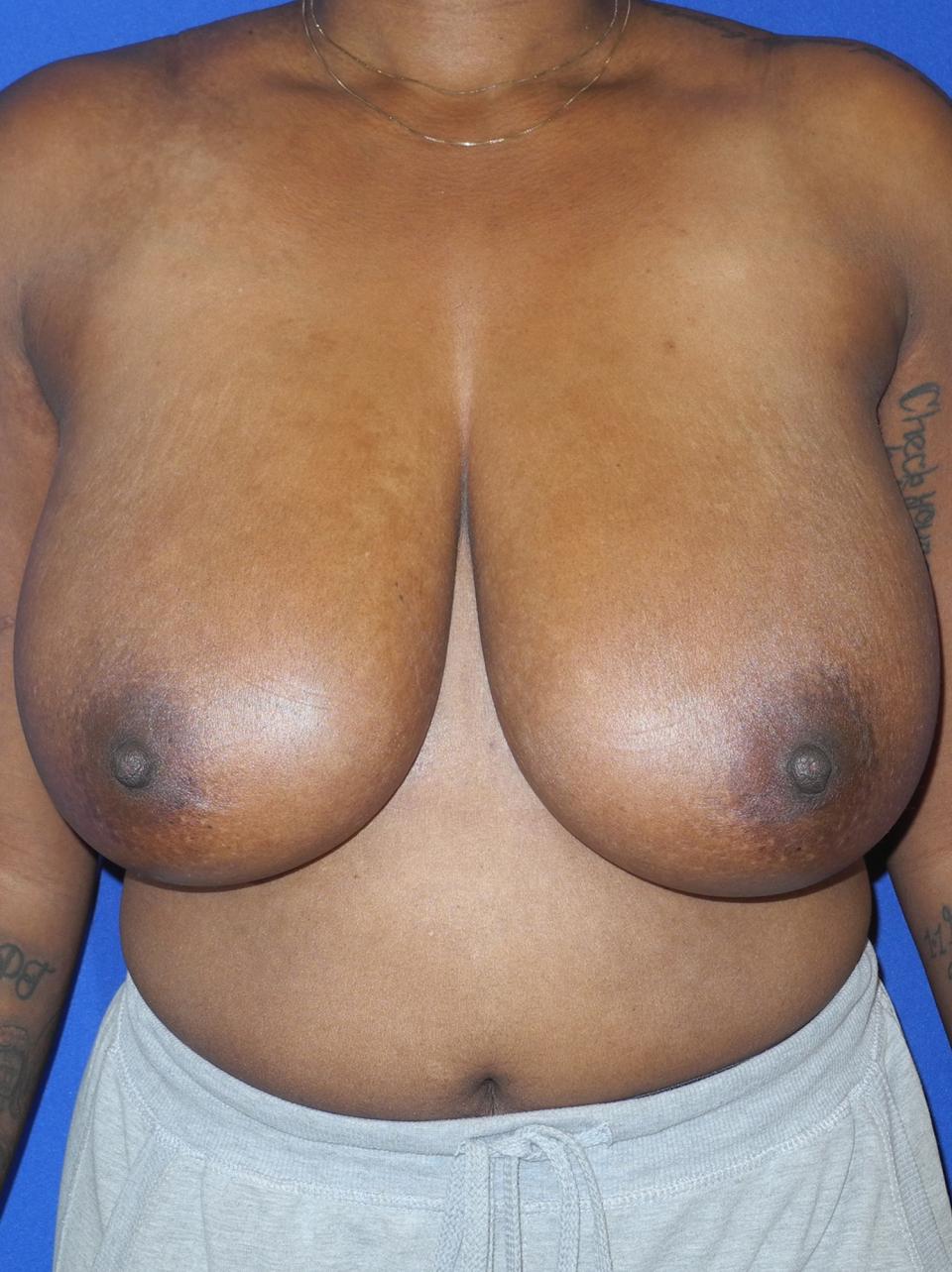 before
before
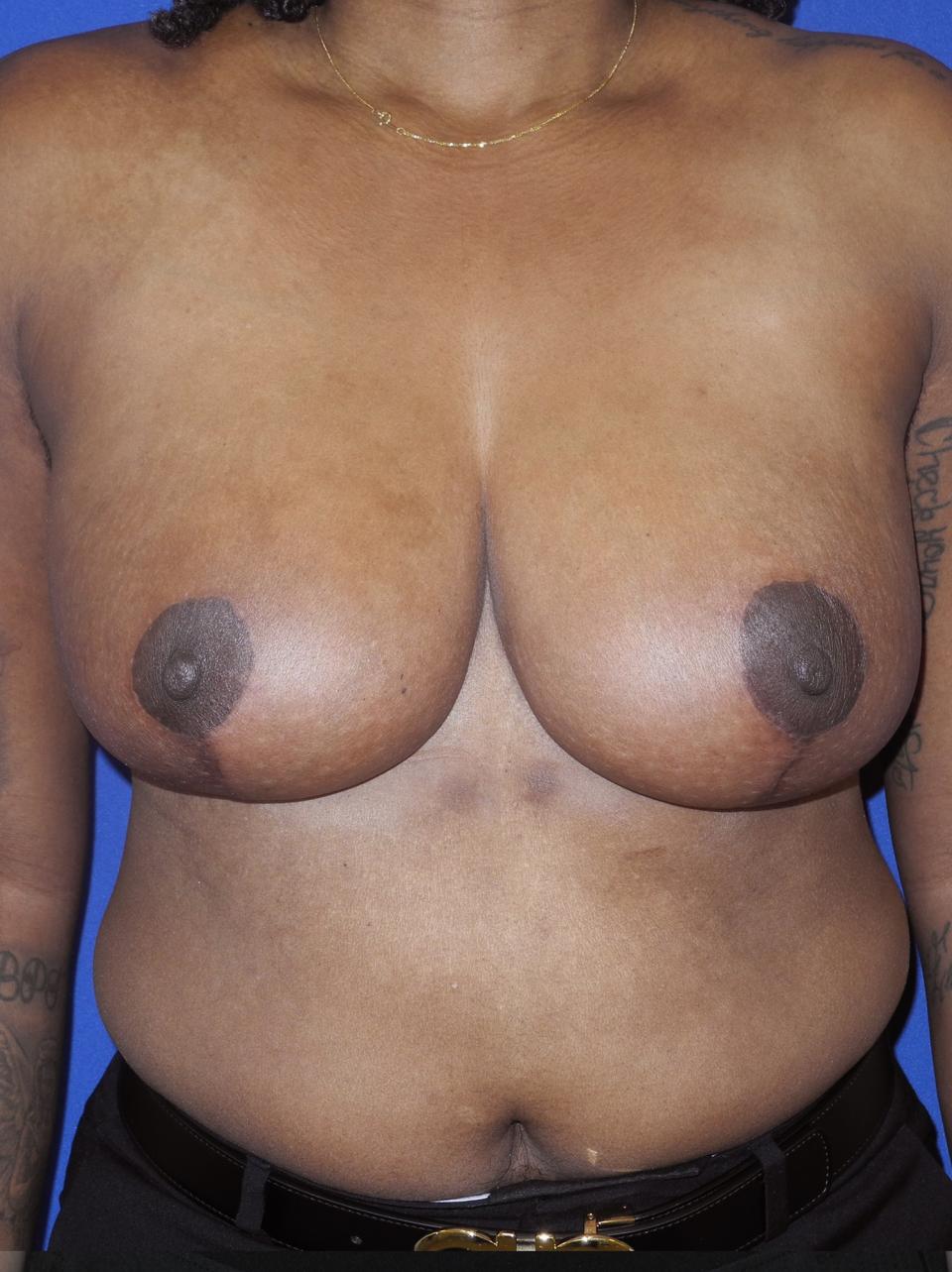 after
after
This individual suffered from gigantomastia and underwent a breast reduction in which almost three and a quarter pounds of weight was removed from the breasts.
The breast reduction was performed in a manner that so that the breasts were shortened in length and lifted. This photograph was taken at approximately four months following surgery. No liposuction was performed in this procedure.
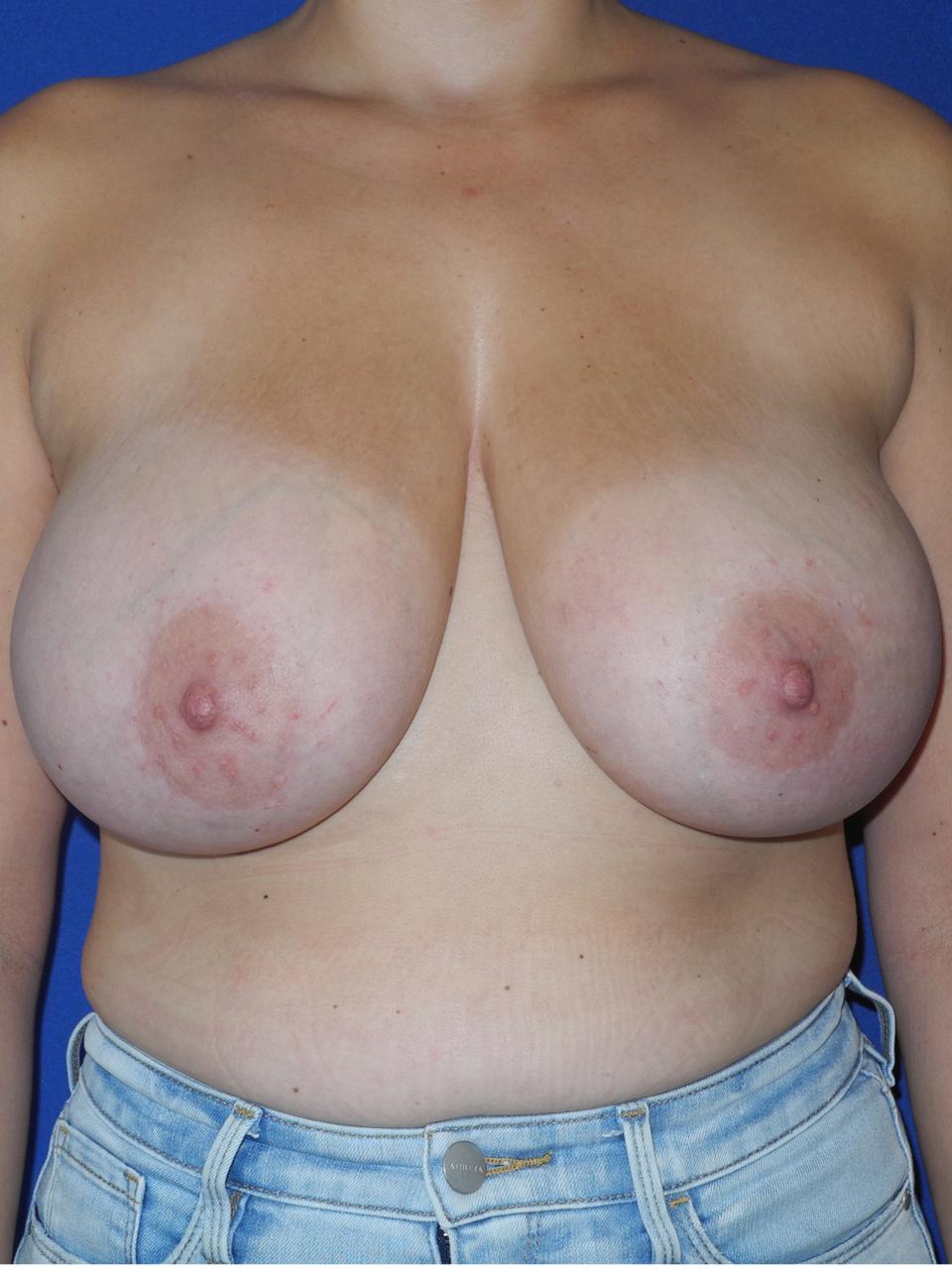 before
before
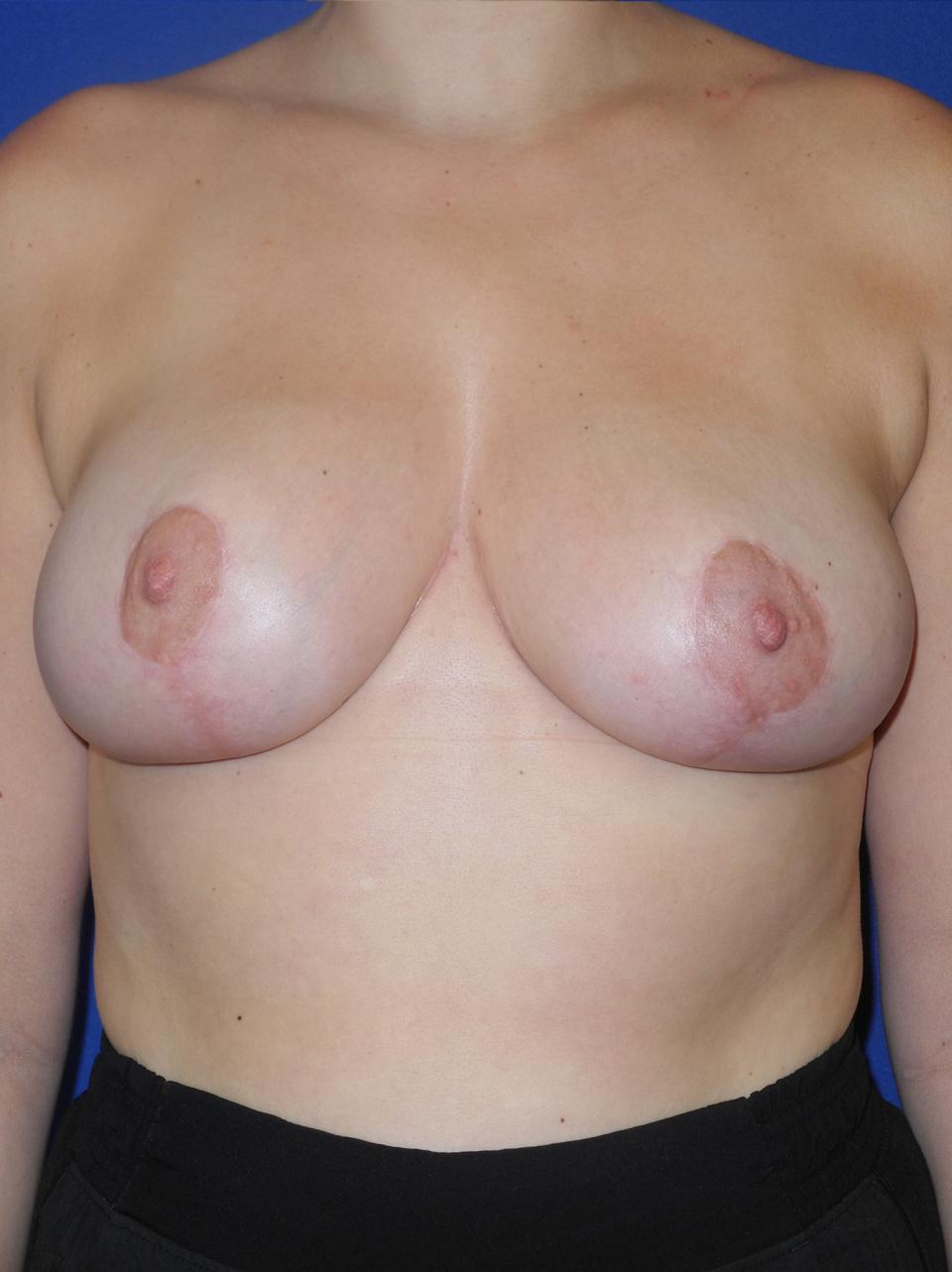 after
after
This individual underwent a breast reduction in which almost two and a quarter pounds of weight was removed from the breasts. The breasts were shortened in length and lifted to give a rounder appearance. This photograph was taken at approximately four months following surgery.
Liposuction of the tissue that lies between the upper outer quadrant of the breast and the upper arm as well as the side of the body directly beneath the arm pit area can decrease bra band size and give the breast a narrower appearance after surgery.
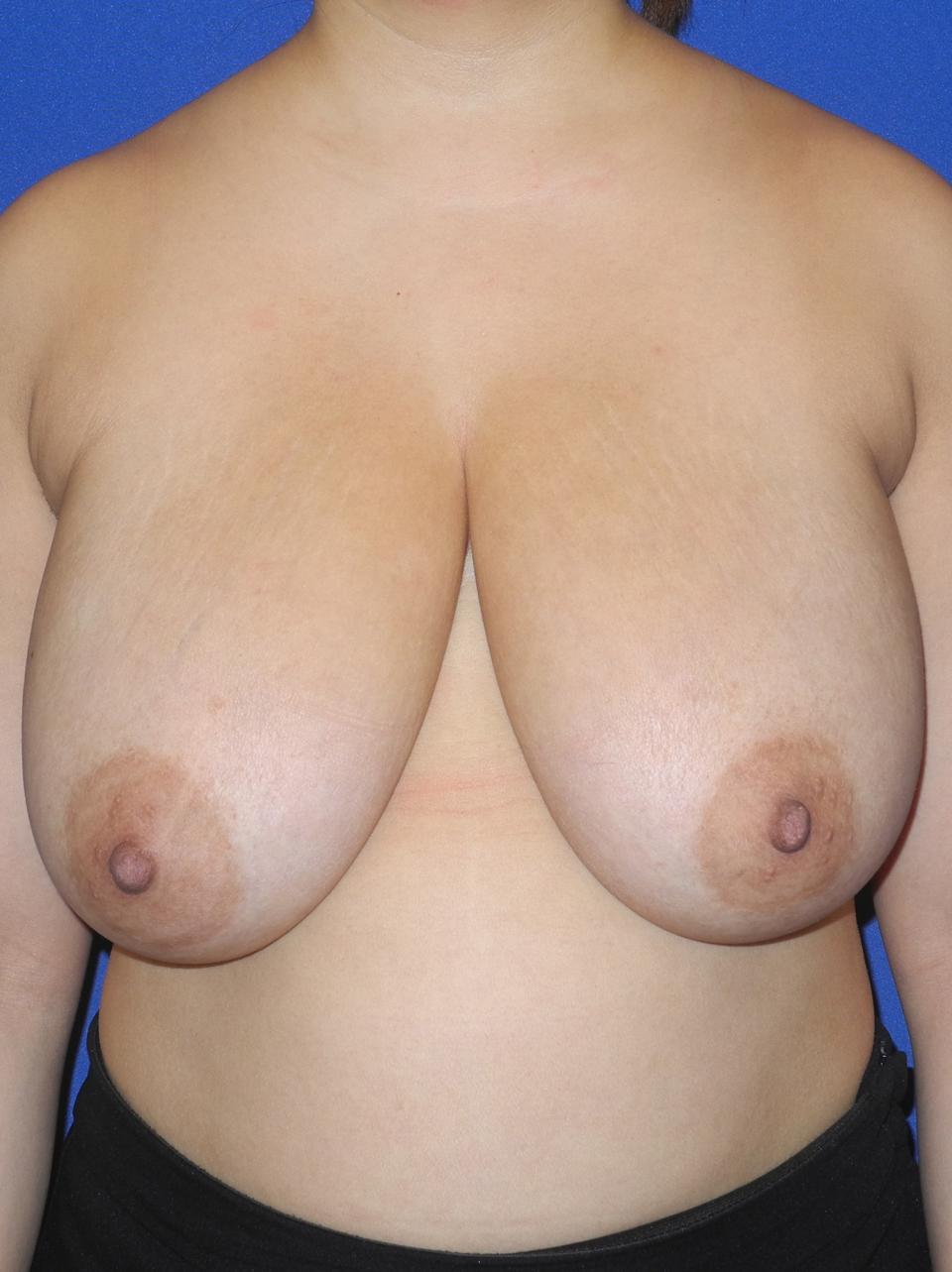 before
before
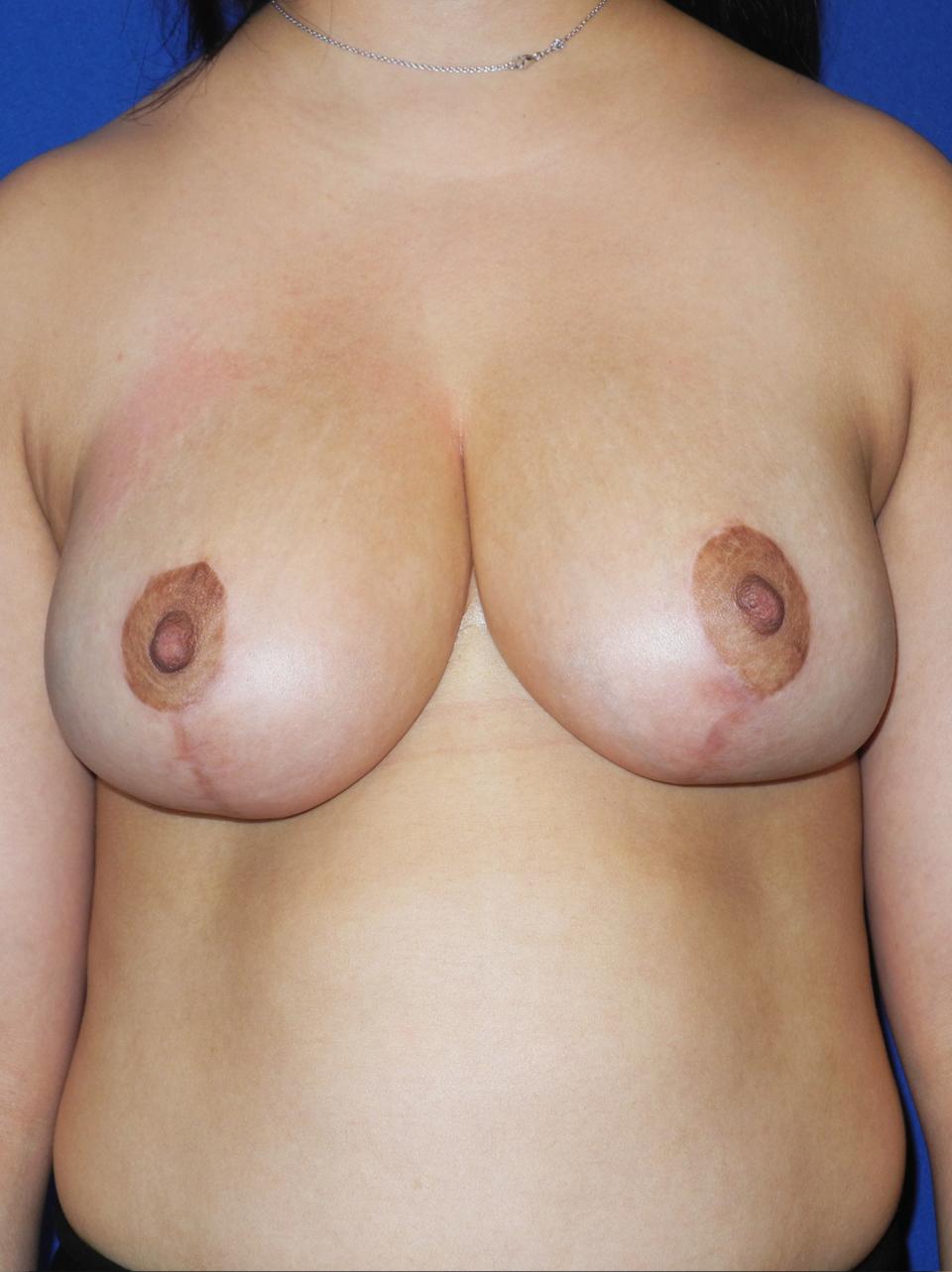 after
after
This individual suffered from large breasts, breast droop and extra tissue in the breast tail and armpit area. She underwent a breast reduction in which slightly more than two and a half pounds of weight was removed from the breasts.
With integrated breast and torso contouring, the breasts are not only shortened in length but then contoured with liposuction to give a rounder appearance. These techniques allow a breast reduction to look like a breast lift. This photograph was taken at approximately five months following surgery. Scars, while still visible, are still expected to mature and fade over the next year.
 before
before
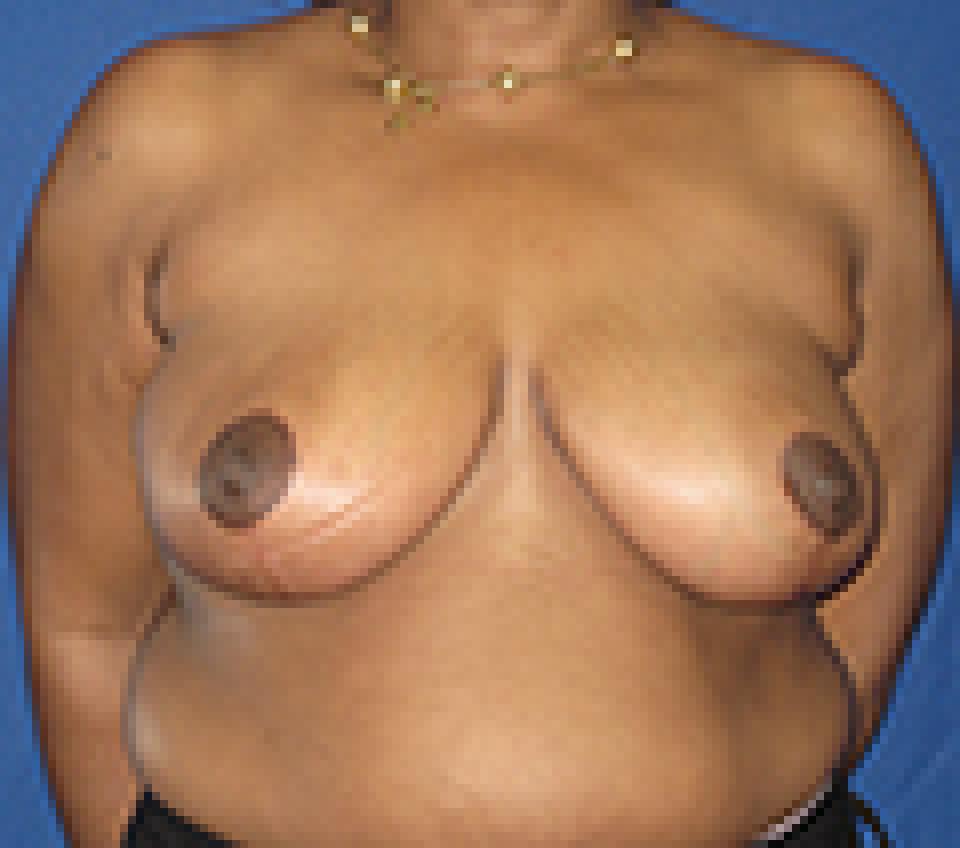 after
after
This 39 year old woman underwent breast reduction in which approximately one and a half pounds of tissue was removed from each breast.
I view breast reduction as a two part process: first, tissue is removed to decrease the size and weight of the breasts; second, the remaining tissue is rearranged to create a new breast that has an aesthetically appropriate appearance. This rearranging process is very similar to what is done in a breast lift.
In this individual’s case, the incisions used to perform the breast reduction were of the “anchor” type and the incisions healed well.
 before
before
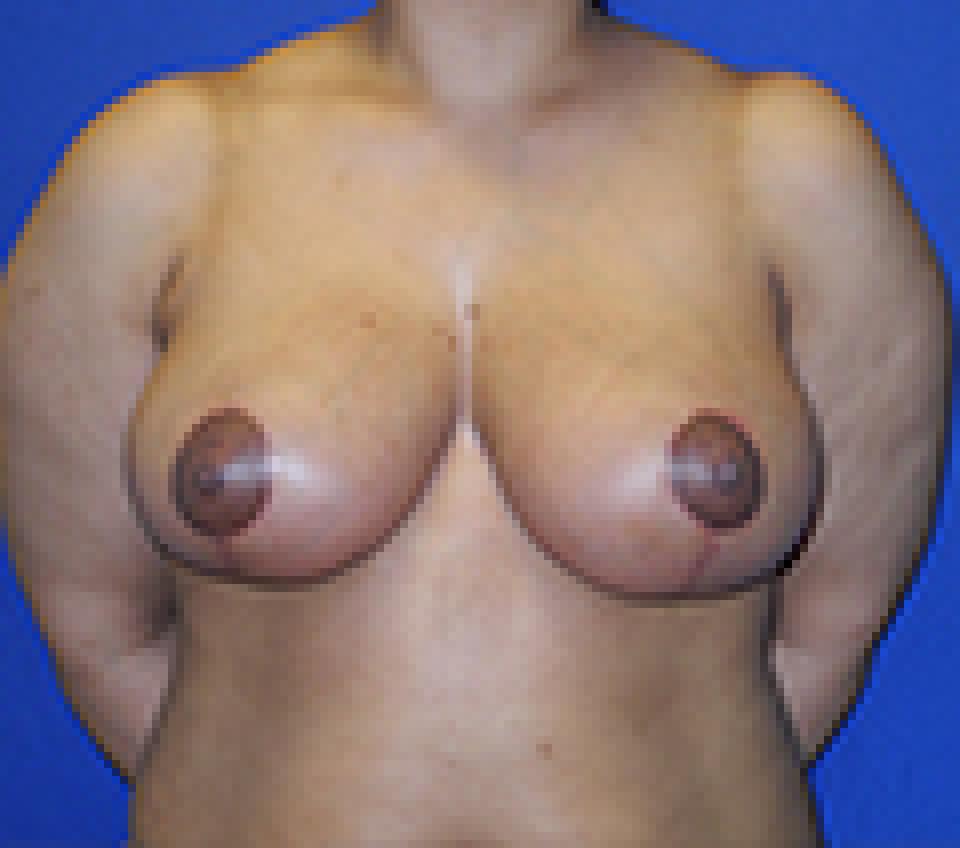 after
after
This 31 year old woman underwent breast reduction in which approximately one and one third pounds of tissue was removed from the right breast and almost two pounds of tissue was removed from the left breast.
In this individual’s case, the incisions used to perform the breast reduction were of the “lollipop” or short scar type. This method of breast reduction avoids any incisions in the cleavage and in most instances along the lower fold of the breast.
This woman, like many others, had noticeably asymmetric breasts. In her case, the left breast was noticeably larger than the right breast. I make every effort to correct this during surgery, but ultimately, no two sides look identical after surgery- just as they did not before surgery.
Also very visible in this individual are the "shoulder grooves" from her bra straps. This is a common issue in women who have extremely large breasts or "macromastia." The pressure from the bra straps typically cause pain, open wounds and sometimes even numbness and tingling in one or both hands from compression of the underlying nerves. Breast reduction can alleviate these symptoms almost instantaneously.
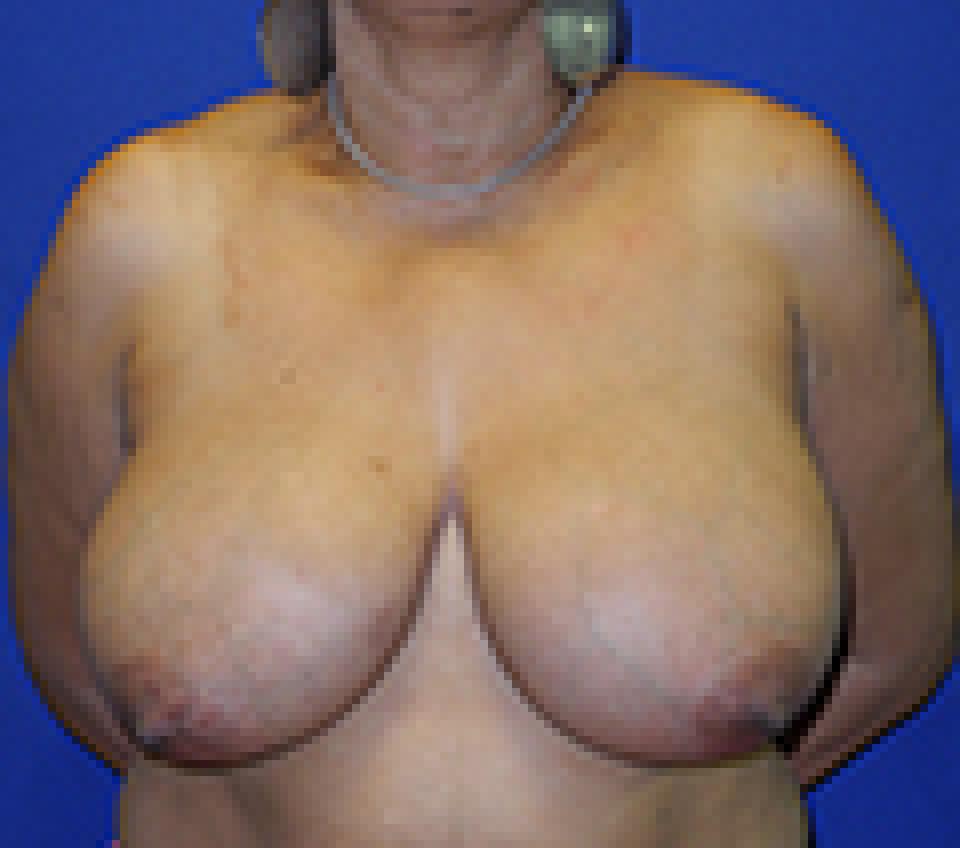 before
before
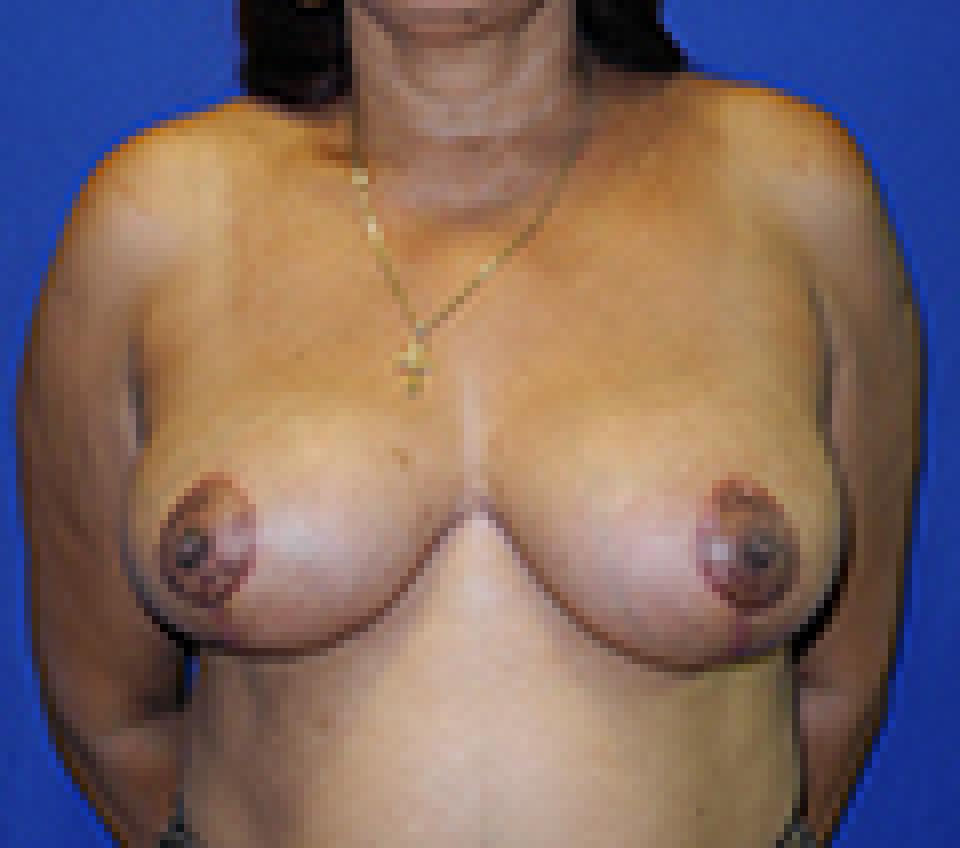 after
after
This 40 year old woman underwent breast reduction in which approximately one and a half pounds of tissue was removed from each breast. The remaining breast tissue was then rearranged to form a new breast shape that is shorter and rounder. This "rearrangement" process is very similar to what is done in a breast lift and in fact, each breast reduction I perform includes a breast lift.
In this individual’s case, the incisions used to perform the breast reduction were of the “lollipop” or short scar type. This method of breast reduction avoids any incisions in the cleavage and in most instances along the lower fold of the breast.
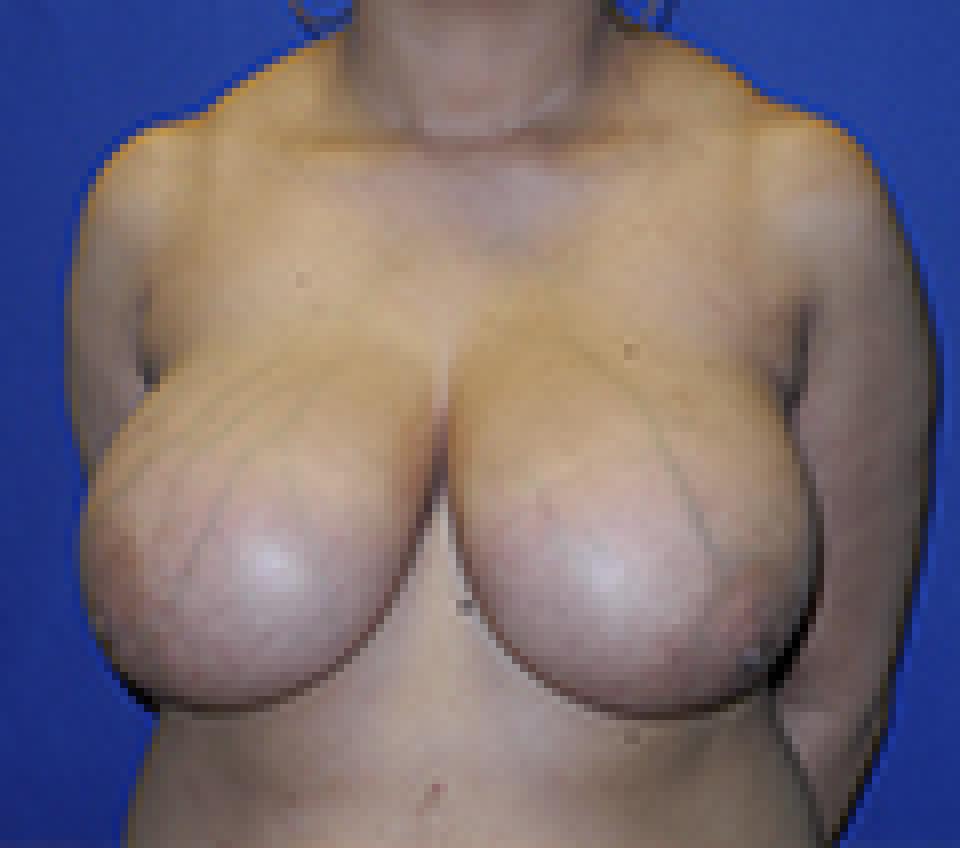 before
before
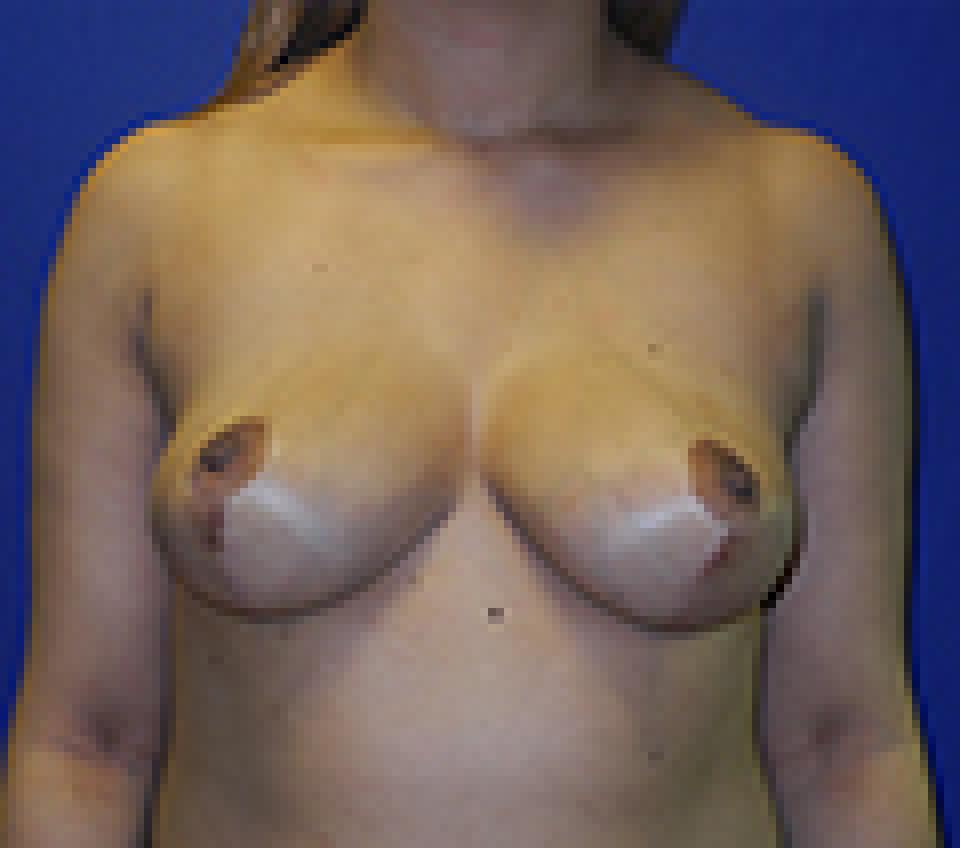 after
after
This 24 year old woman underwent breast reduction in which approximately two pounds of tissue was removed from each breast.
In this individual’s case, the incisions used to perform the breast reduction were of the “lollipop” or short scar type. This method of breast reduction avoids any incisions in the cleavage and in most instances along the lower fold of the breast.
Breast tissue, especially in young women, can be extremely dense and therefore heavy. Breast reduction can alleviate neck, shoulder and upper back pain and a variety of other symptoms that directly result from heavy breasts.
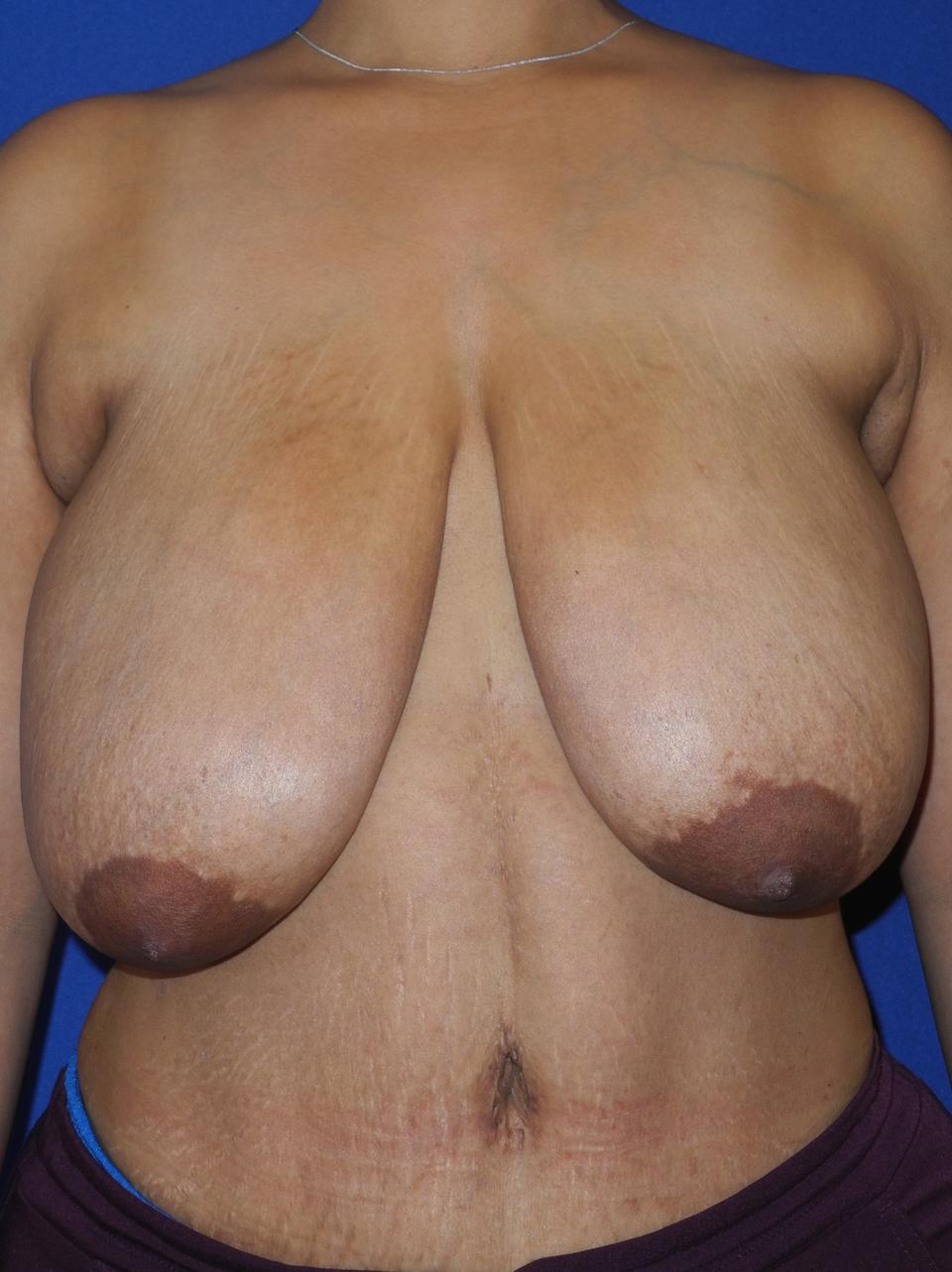 before
before
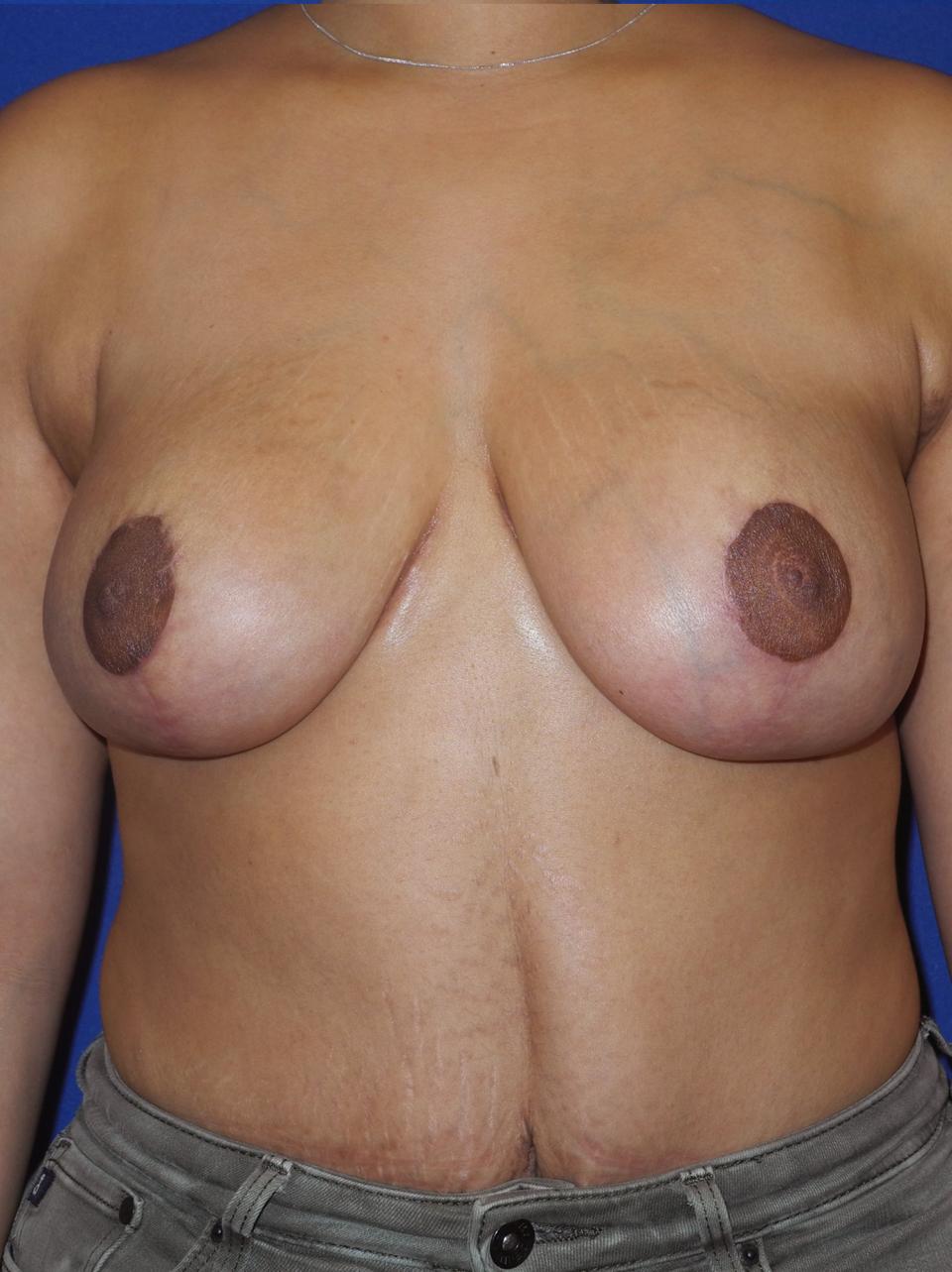 after
after
This individual underwent a breast reduction in which almost two and a half pounds of weight was removed from the breasts. The breasts are shortened in length and lifted to give a rounder appearance. This photograph was taken at approximately four months following surgery. Liposuction of the tissue that lies between the upper outer quadrant of the breast and the upper arm can create a smoother transition between the breast and the arm and improve the fit of certain types of clothing.
In this case, an additional incision was made to remove skin from the tissue that lies between the upper outer quadrant of the breast and the upper arm on the individual’s left side. Only liposuction was performed on the individual’s right side.
Breast Reduction Ideals
Once I have removed enough tissue to achieve an appropriate breast size, the nipple and areola are repositioned, which means that the new, smaller breast also has a “lifted” appearance. While this is not the primary goal of this procedure, it is a fantastic secondary benefit of it. I strive to achieve the same aesthetic standards when I perform medically necessary breast reduction as I do for cosmetic breast lift or mastopexy. Since stretching of the areola is a common problem in patients with very large breasts, I typically reduce the size of the areola during breast reduction.
More >>Breast reduction is also called Reduction Mammoplasty
Breast reduction is also called Reduction Mammoplasty. Overly large breasts have appropriately been described as an “affliction.” Terms have been derived, ranging from macromastia to gigantomastia which may not be etymologically correct but are certainly image-conjuring.
The surgical technique of reduction will depend on the situation, the amount of reduction required, the preference of the patient and the decisions of the surgeon. To the extent possible, wherever the incision is placed, the nipples and areolae will be left attached to functioning breast tissue, thereby retaining normal sensation and the potential for breast feeding.